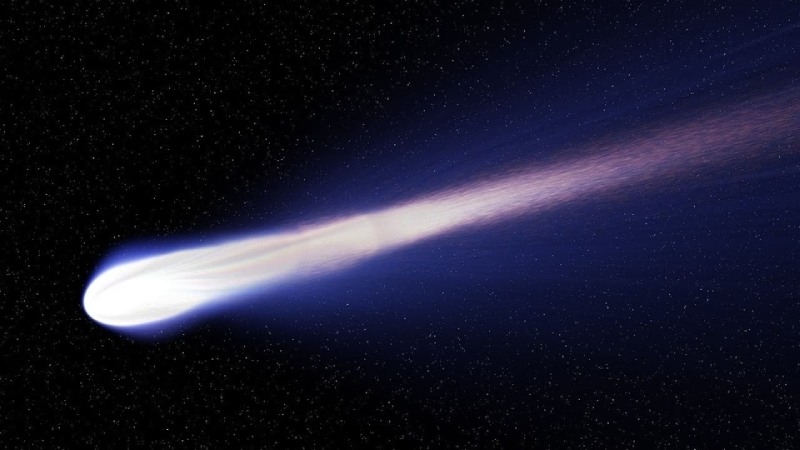Greater than Mount Everest, the enormous comet known as the “Devil Comet” is hurtling toward Earth. This celestial body, which goes by the official name 12P/Pons-Brooks, is a periodic comet with an orbital period of 71 years. Comet 12P blazed across the skies in a breathtaking display of celestial events all year long. Every fifteen days, it violently erupts as volcanic eruptions, releasing gas and ice. The comet has an uneven shape that resembles devil horns due to these frequent eruptions.
Scientists predict that the Devil Comet will burst shortly
The Devil Comet, or 12P, has long captivated scientists, even over a century after its initial observation. William Robert Brooks and Jean-Louis Pons made the discovery in 1812. It is among the comets with the highest known brightness. Finally, scientists have determined the pattern of its eruptions, and they have estimated that the next explosion will occur on December 29 or 30.
December 15 was the last time the Devil Comet erupted. To date, the comet has only had three significant explosions: on July 20, which was its first in 69 years; on October 5; and on October 31. The Devil Comet’s next perihelion passage occurs on April 21, 2024, as it speeds toward Earth. When it comes closest to Earth on June 2, 2024, it will also be visible to the unaided eye.
How does the Devil Comet work?
Comet Hailey-type, with an orbital period of 20–200 years, is what the space rock, measuring 18.6 miles in width, is. The Devil Comet is also called a cold volcano because of its cryovolcanic composition. It often erupts, releasing gas and ice with great violence. It appears to have grown a pair of horns because of the changes in appearance that occur with each eruption. Before it returns to the solar system, it will pass by Earth in April 2024.
